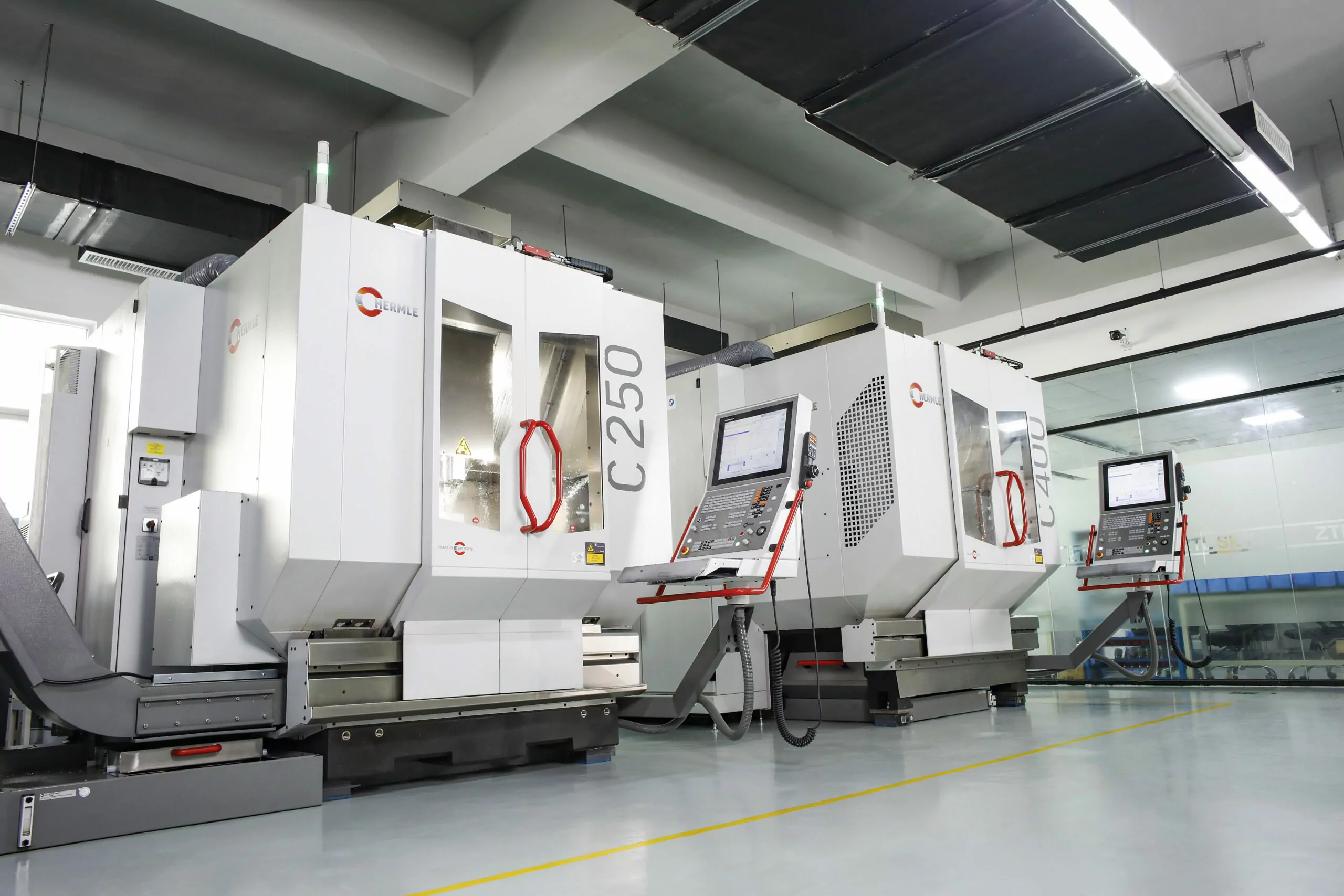Introduction
Custom parts manufacturing is a fascinating field that combines creativity, precision, and cutting-edge technology. From designing unique components to bringing them to life through production, the process involves a series of innovative steps. In this article, we will explore the various aspects of custom parts manufacturing and delve into the exciting innovations that are revolutionizing the industry.
The Design Phase: Where Ideas Take Shape
The design phase is the starting point of any custom parts manufacturing project. It is here that ideas are transformed into tangible concepts. Designers utilize advanced computer-aided design (CAD) software to create 3D models of the desired components. This technology allows for intricate detailing and precise measurements, ensuring that the final product meets the exact specifications.
One of the key innovations in the design phase is the use of generative design algorithms. These algorithms employ artificial intelligence to explore countless design possibilities and generate optimized solutions. By inputting parameters such as material properties and manufacturing constraints, designers can unleash the power of algorithms to create innovative and efficient designs. This approach not only saves time but also enhances the overall performance of the custom parts.
The Manufacturing Process: From Prototype to Production
Once the design is finalized, the manufacturing process begins. Traditionally, custom parts were manufactured using conventional methods such as milling, turning, or casting. However, with the advent of additive manufacturing, also known as 3D printing, the possibilities have expanded exponentially.
3D printing allows for the creation of complex geometries that were previously impossible to achieve. It works by building up layers of material, whether it be plastic, metal, or even biological matter, to form the desired part. This additive approach offers numerous advantages, including reduced material waste, faster production times, and the ability to create intricate internal structures.
Another innovation in custom parts manufacturing is the use of advanced materials. From high-performance polymers to metal alloys with superior strength and durability, manufacturers now have a wide range of materials to choose from. These materials possess unique properties that can be tailored to specific applications, opening up new possibilities for custom parts.
Quality Control: Ensuring Precision and Reliability
Ensuring the quality and reliability of custom parts is of utmost importance. To achieve this, manufacturers employ various innovative techniques and technologies.
One such technique is non-destructive testing (NDT), which allows for the inspection of parts without causing any damage. NDT methods include ultrasonic testing, X-ray inspection, and thermal imaging, among others. These techniques enable manufacturers to detect defects, cracks, or inconsistencies in the parts, ensuring that only high-quality components are delivered to customers.
Furthermore, advancements in metrology have revolutionized quality control in custom parts manufacturing. Coordinate measuring machines (CMMs) equipped with high-precision sensors can accurately measure the dimensions and geometries of complex parts. This ensures that the manufactured components meet the required specifications and tolerances.
Conclusion
Unveiling innovation in custom parts manufacturing: from design to production has transformed the way we create and manufacture components. The integration of advanced design algorithms, additive manufacturing technologies, and quality control techniques has opened up new possibilities and pushed the boundaries of what is achievable. As the field continues to evolve, we can expect even more exciting innovations that will shape the future of custom parts manufacturing.
